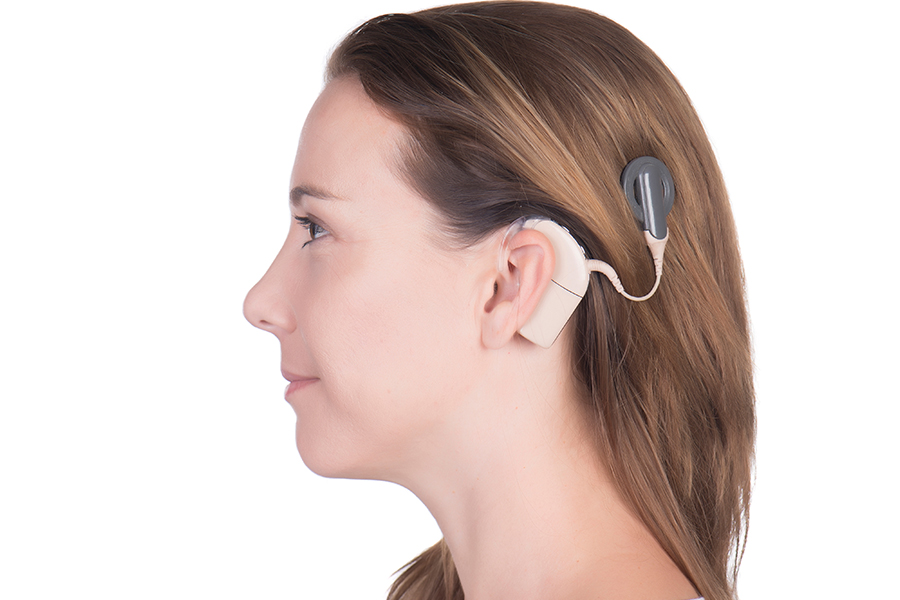What Is a Cochlear Implant and How Does It Work?

At its simplest, a cochlear implant is an artificial inner ear. More expansively, cochlear implants are an electronic medical device that acts as a sort of replacement. It is intended for those with inner ear issues. Here’s a look at what a cochlear implant is and how it works.
What is a Cochlear Implant?
First and foremost, what is the cochlea, and what does it do? The cochlea is a sensory organ. There is one in each inner ear. It is located in the mastoid bone right behind your ear inside your skull. Unlike most features we typically describe as organs, the cochlea is more a cave than anything else. It is full of fluid and tiny hairs, and shaped like a snail.
These hairs vibrate in response to sound. The cochlea turns these vibrations into nerve impulses. It then sends them to the brain, which translates the impulses into sound. The cochlea also acts as a filter, telling the brain what to pay attention to and what to ignore. This allows you to hear the person next to you when other people in the room are speaking too.
Cochlear implants consist of two main parts. One sits behind the ear on the surface of the skin. The other is surgically implanted under the skin. Despite its small size (roughly the size of a quarter plus the ear piece), a cochlear implant contains several different parts. Each essentially replaces a function of the cochlea: microphone, speech processor, transmitter/receiver, and electrode array. Together they provide a simulation of what the actual cochlea for individuals with hearing loss.
How Does a Cochlear Implant Work?
A cochlear implant is generally not as effective as the cochlea itself, and it doesn’t work for everyone with hearing loss. Cochlear implants do not make it so that individuals with hearing loss can literally hear. Rather, the National Institute of Health (NIH) reports, it provides “a useful representation of sounds in the environment and help… [deaf persons] understand speech.”
Cochlear implants trigger nerve signals to the brain at the auditory nerve. The microphone registers sound. The speech processor filters through these sounds to decide what is important. Then the transmitter/receiver is alerted, and turns the sounds the speech processor has deemed important into electric impulses. From there, the electrode array takes those impulses and passes them on to the appropriate parts of the auditory nerve.
Since cochlear implants are not the same as “normal hearing,” it takes practice to be able to use them effectively. For children with profound deafness or severe hearing loss, they tend to work best when implanted before 18 months of age and combined with intensive therapy. Studies have shown this can provide language development comparable to children with normal hearing.
Adults who receive implants later can generally “learn to associate the signals from the implant with sounds they remember, including speech, without requiring any visual cues.” Most individuals who receive cochlear implants are at least able to comprehend speech (face to face or on the phone), parse out environmental sounds, and identify warning signals (i.e. fire alarms).







